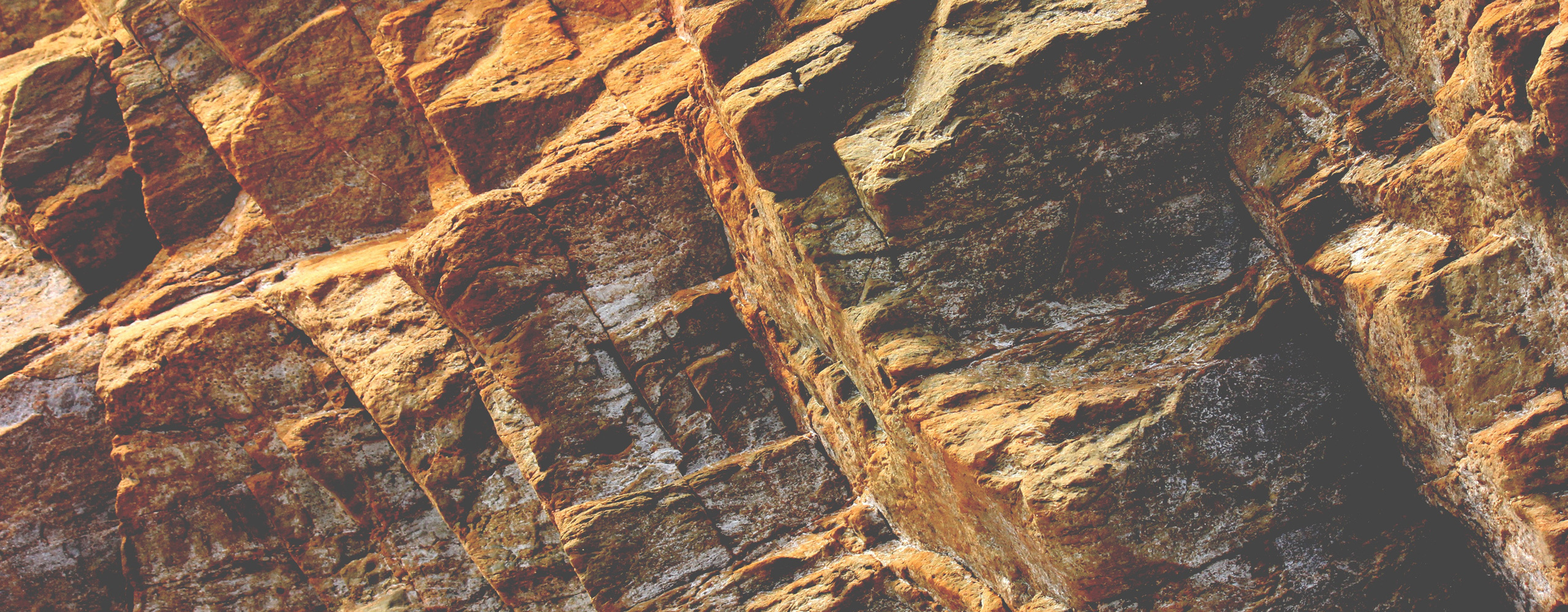Modelling of the excavation of two intersecting tunnels
Project Description
In the framework of the extension of the Meuse/Haute‐Marne Underground Research Laboratory (France), Itasca Consultants SAS was commissioned by EIFFAGE to verify the tunnel stability and the design of the support structures installed during the excavation of two intersecting tunnels (Figure 1).In the framework of the extension of the Meuse/Haute‐Marne Underground Research Laboratory (France), Itasca Consultants SAS was commissioned by EIFFAGE to verify the tunnel stability and the design of the support structures installed during the excavation of two intersecting tunnels (Figure 1).
Itasca's Role
The Itasca software FLAC3D was used. Both the short term and the long term behavior of the host argillite were accounted for in the model, using a hardening ‐ softening Hoek‐Brown constitutive model paired with the viscoplastic Lemaître law.
The real 1 meter long excavation sequential steps were explicitly simulated in FLAC3D, followed by the installation of sliding steel arches and radial bolts. Front stability is ensured by fiberglass bolts, installed at the tunnel face and renewed as the excavation proceeds. After each step, a creep duration of 2 days is simulated. A special steel structure fitting the intersection geometry is installed at the end of the first tunnel excavation, to carry the soil load and provide additional stability to this zone before the excavation of the second tunnel.
After the completion of both excavations, the long term behavior of the intersection over a creep time of 20 years is simulated. Figure 2 presents model results at the end of the simulation.
Project Results
The long term results have mainly allowed validating the design of the intersection support structure, with computed stresses smaller than the allowable ones. Also, force resultants in bolts and steel arches are seen to be compatible with corresponding material strength, thus proving the sufficient design of the support structures.
Project Image(s)



